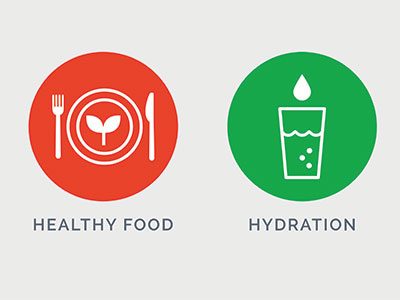There’s been a lot of news lately about the dangerous side effects of Tamiflu. Is it safe to give my child Tamiflu?
This is a great question as it is incredibly important for parents and caregivers to understand the risks and benefits of any treatment recommended for their child. The decision to start any medication should involve an understanding of the side effects and risks, balanced with the potential benefit, and parents should always keep an eye on their child for changes after starting any new medication.
Overall, Tamiflu is a very safe medication, and in some instances can be life-saving. Like any medication, it can have side effects, including nausea, vomiting, stomach (abdominal) pain, nosebleeds, headache, and fatigue, however they occur rarely. Influenza can be a very serious illness, and the risks of not treating it can be much greater than the risk of side effects of the medication.
That said, while Tamiflu is a very important treatment for the flu, it is not needed or recommended in every circumstance. To determine if your child should take Tamiflu, I suggest discussing your individual circumstances with your pediatrician.
And remember – always get your flu shot! Prevention is the best treatment!
 https://riseandshine.childrensnational.org/wp-content/uploads/2020/11/person-being-vaccinated-feature.png
300
400
Rise and Shine
https://riseandshine.childrensnational.org/wp-content/uploads/2017/11/childrens_riseandshine_logo.jpg
Rise and Shine2025-11-03 07:00:242025-11-03 12:18:05Answers to your questions about the COVID-19 vaccine and booster for children
https://riseandshine.childrensnational.org/wp-content/uploads/2020/11/person-being-vaccinated-feature.png
300
400
Rise and Shine
https://riseandshine.childrensnational.org/wp-content/uploads/2017/11/childrens_riseandshine_logo.jpg
Rise and Shine2025-11-03 07:00:242025-11-03 12:18:05Answers to your questions about the COVID-19 vaccine and booster for children


 Lee Beers, MD, was the Medical Director for Community Health and Advocacy within the Goldberg Center for Community Pediatric Health and Child Health Advocacy Institute at Children’s National Hospital.
Lee Beers, MD, was the Medical Director for Community Health and Advocacy within the Goldberg Center for Community Pediatric Health and Child Health Advocacy Institute at Children’s National Hospital.











Leave a Comment
Want to join the discussion?Feel free to contribute!